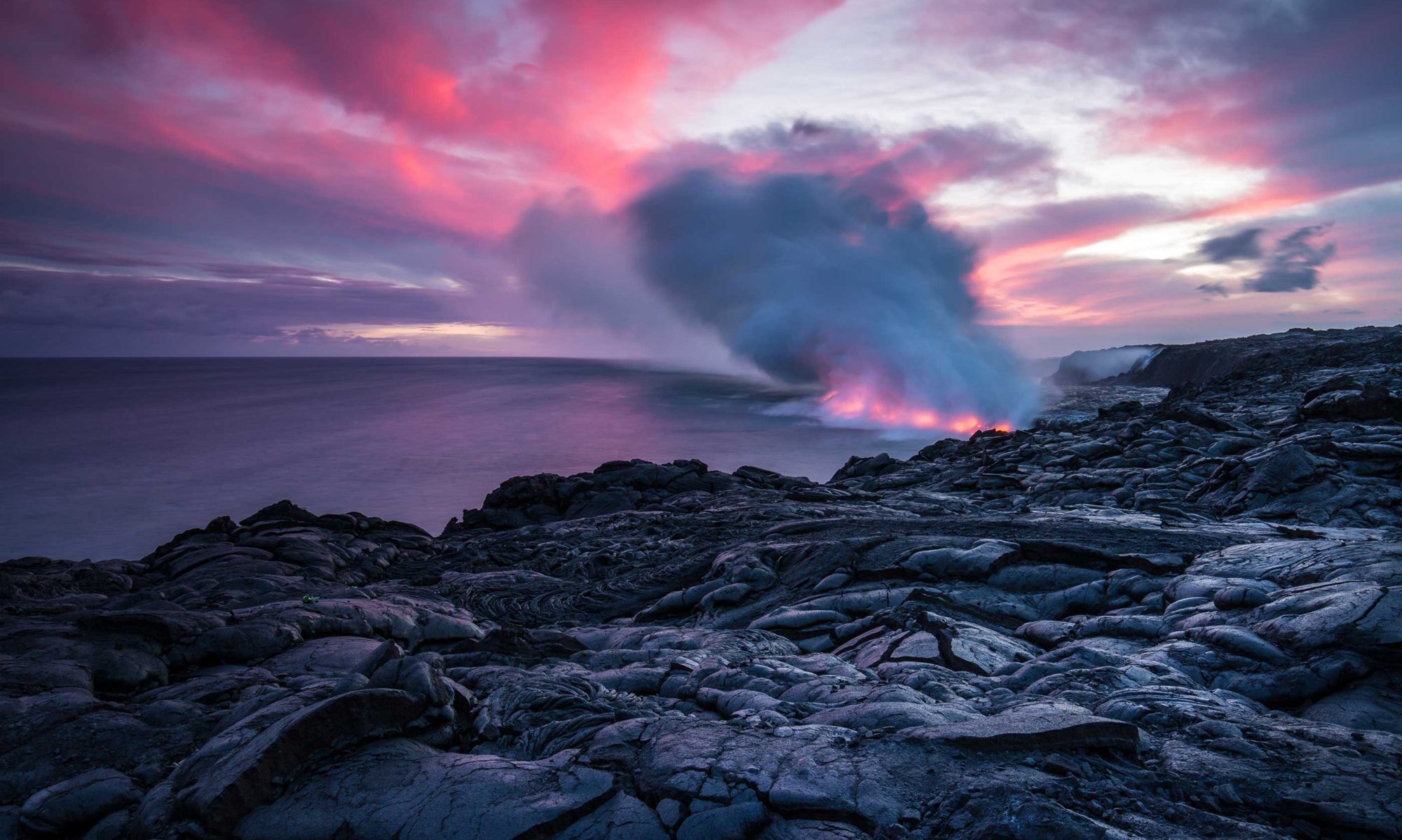Retreating glaciers are posing a major threat to the food and water security of nearly 2 billion people globally, the United Nations warns. A new report from Unesco emphasizes that the current pace of glacial melt—described as “unprecedented”—will have far-reaching and unpredictable consequences for both developing and developed countries.
Mountain regions, home to over a billion people, are particularly vulnerable. In developing countries, nearly half of the mountain population already suffers from food insecurity, and the situation is likely to deteriorate. Agriculture in these regions heavily relies on water from melting snow and retreating glaciers, and their loss threatens the water sources that feed much of the world’s irrigated agriculture—affecting around two-thirds of global irrigated farmland.
Developed nations are not immune. For instance, the Colorado River basin in the U.S. has experienced ongoing drought since 2000. Due to climate change, more precipitation is falling as rain rather than snow, running off quickly and contributing to worsening droughts. This shift disrupts traditional water storage systems, which depend on seasonal snowpack and glacier melt.
Unesco Director General Audrey Azoulay highlighted the global dependence on mountain water sources, stating that retreating glaciers represent a dire risk to these “natural water towers.” She called for urgent international action to mitigate and adapt to the changes occurring in glaciated mountain regions.
Supporting Unesco’s findings, the World Meteorological Organization’s recent State of the Climate report confirms that glaciers are melting faster than ever before. The past three years saw the highest recorded loss in glacier mass. Regions hit hardest include Norway, Sweden, Svalbard, and the tropical Andes. In Eastern Africa, some areas have lost up to 80% of their glaciers. The Alps and Pyrenees have experienced about 40% shrinkage since 1998, while the Andes have lost between a third and half of their glacier coverage in the same timeframe.
The melting of glaciers also contributes to climate change feedback loops. As glaciers disappear, reflective ice and snow are replaced by darker surfaces like soil and rock, which absorb more heat. This accelerates warming and further destabilizes the climate system. Unesco’s water sciences director, Abou Amani, warned of increased risks of avalanches, sudden glacial lake outburst floods, and methane release from thawing permafrost exposed by retreating glaciers.
A separate study published in Nature revealed that if global warming continues unchecked, up to 50% of global glacier mass could disappear by the end of this century. Glacier expert Alex Brisbourne of the British Antarctic Survey noted that mountain glaciers are among the largest freshwater reservoirs on Earth. Their seasonal meltwaters are essential for more than a billion people and sustain vast agricultural and industrial systems. The cascading impacts will extend far beyond glacier-adjacent regions.
Alvaro Lario of the International Fund for Agricultural Development stressed that while mountains provide 60% of freshwater, the communities protecting these resources are among the most food insecure. “Water flows downhill, but food insecurity rises uphill,” he said, urging investment in mountain community resilience and protection of retreating glaciers, rivers, and shared global resources.

